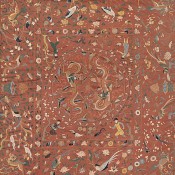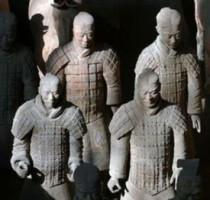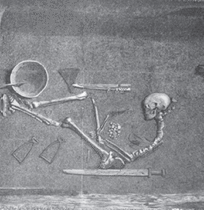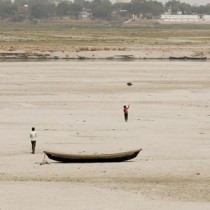A new research project, “1,000 Ancient Genomes”, seeks to map the genetic variation among 1,000 prehistoric individuals who lived in Europe and Asia between 1,000 and 50,000 years ago. This data will help researchers give a complete picture of genetic variation among humans from different times and geographic areas.
Fifty years ago, geneticists discovered that our DNA contains large amounts of information about an individual’s evolutionary history.
In a new research project, led by Professor of Genetics Mattias Jakobsson, researchers will use and further develop the latest methods to extract DNA from archaeological skeletal remains and sequence the complete genomes from 1,000 prehistoric individuals. These data will then be analysed using advanced statistical and population genetics methods.
The new information is expected to provide entirely new insights about how mobility, migration and connections affected our prehistoric ancestors.
Bioarchaeological analyses will be an important part of the project and stable isotopes will help the researchers understand the different individuals’ life history, mobility and diet.
Archaeological data and interpretations of cultural patterns, ways of life and artefacts as well as paleoclimate data combined with genetic data will provide a new and unique opportunity to cast light on human prehistory in Eurasia.
One aim of the project is to create a unique and freely available database of genetic variants in Eurasia.
The research project “1,000 Ancient Genomes”, which includes Anders Götherström and Jan Storå at Stockholm University, is one of the projects awarded funding by the Knut and Alice Wallenberg Foundation.






